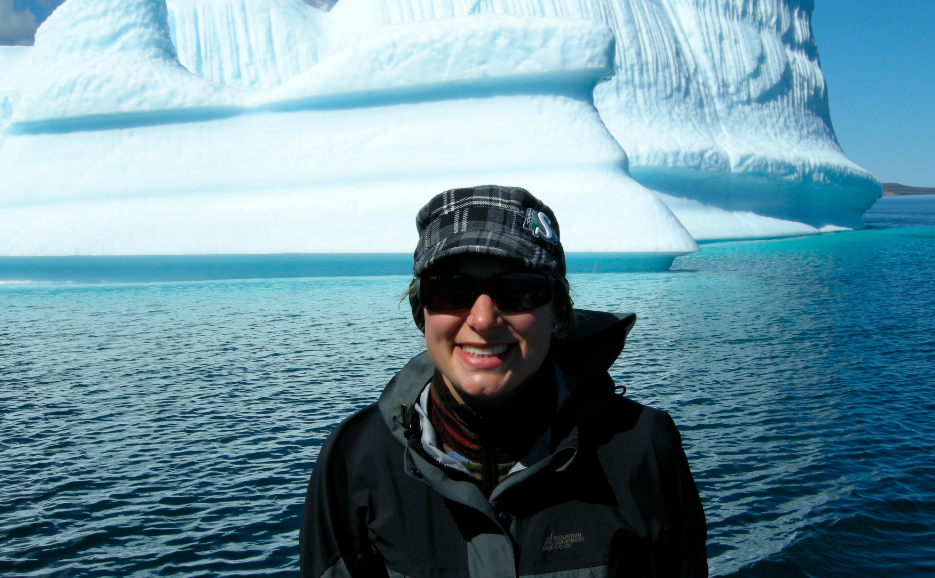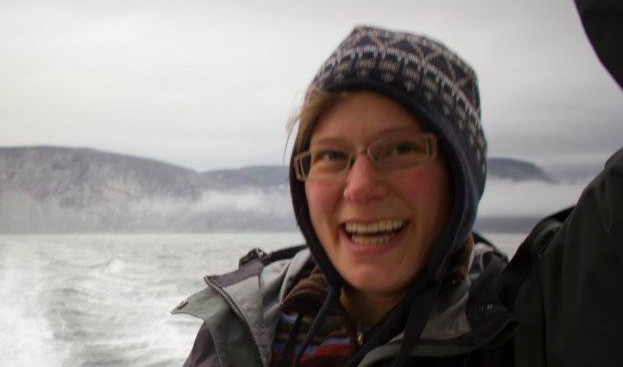|
Elspeth Ready PhD candidate Department of Anthropology Stanford University |
|
About me
My research interests are focused on human subsistence ecology, especially the role of environmental variability in affecting food security and nutrition, both today and in the past. I use archaeology, ethnography, and modeling to understand how foraging peoples obtain sufficient food (or not), why they choose particular foods, and how environmental variability---and its impact on the food quest---has shaped the human career. My dissertation research in Nunavik examines how contemporary climate change is affecting the hybrid market-subsistence economy of the Canadian Arctic and the food security of Inuit households. I also participate in archaeological projects investigating Dorset and Thule occupations in Nunavik and hunting behaviours in Western Europe during the Palaeolithic. I graduated in 2008 with a B.A. Honours in Anthropology from the University of Alberta, and I completed an M.A. in Anthropology at Trent University in 2010. My Ph.D. dissertation research is funded by the Social Sciences and Humanities Research Council of Canada and by the Stanford Interdisciplinary Graduate Fellowship Program (Satre Family Fellowship). For more information, including a complete list of publications and teaching experience, please download my curriculum vitae. |
|
Research projects

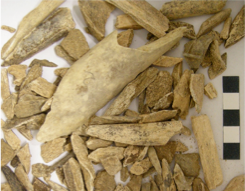
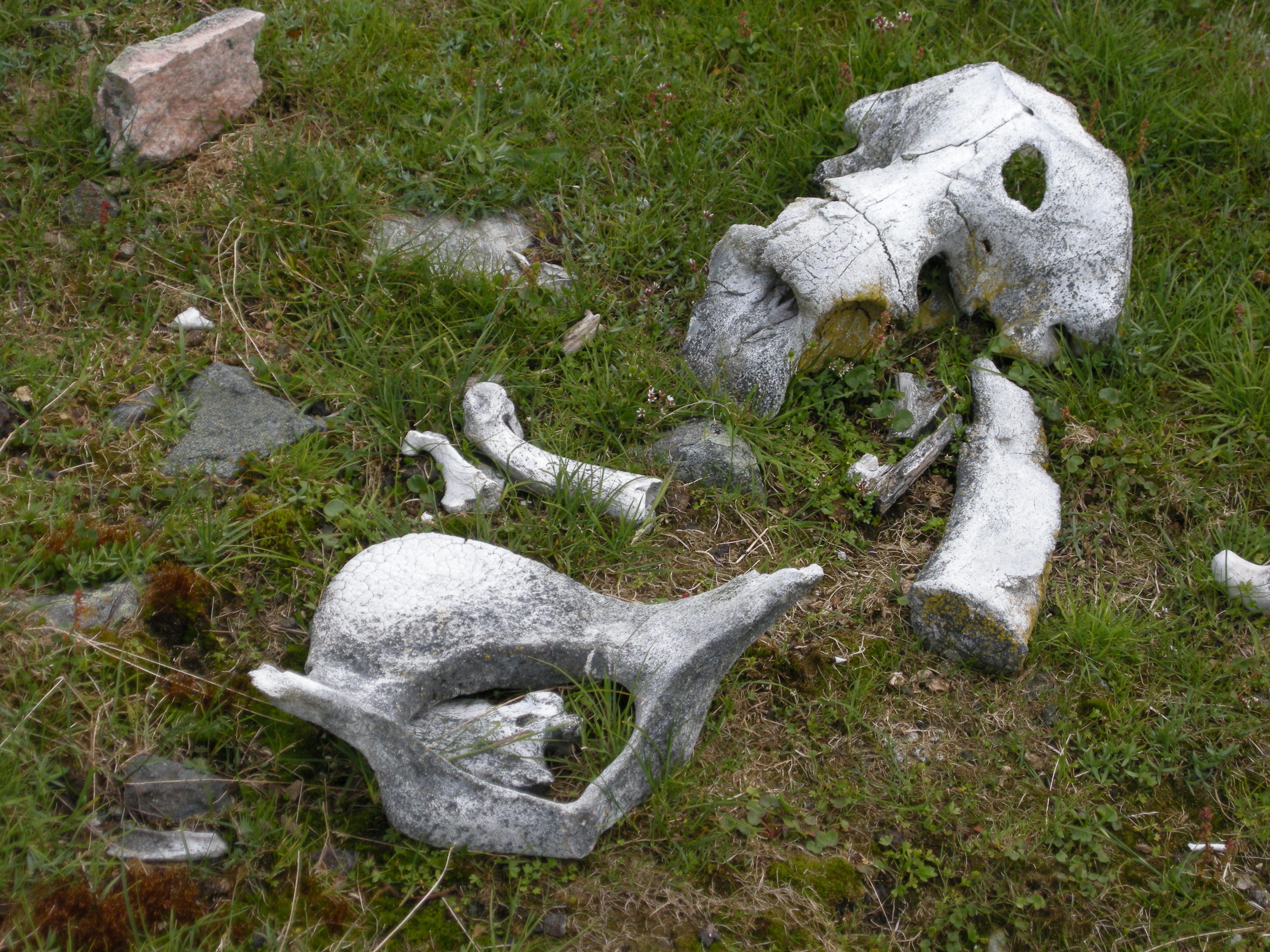
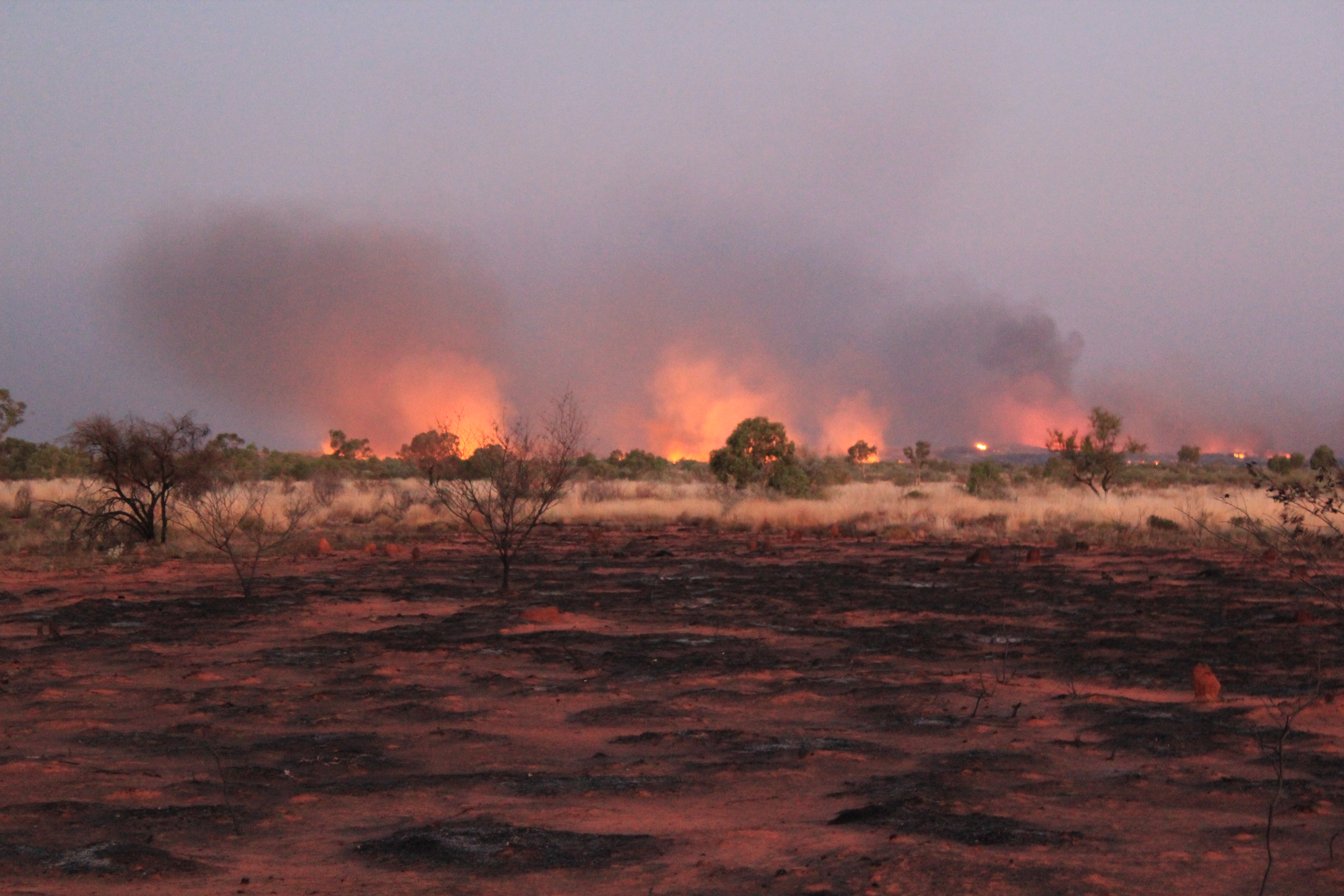
| Environmental variability and food security in Nunavik (Dissertation research)My dissertation research aims to understand the potential long-term impacts of climate change in the Arctic by relating short-term environmental variability to traditional hunting activities, their role in household economics and food sharing networks, and ultimately, to food security and sovereignty in Inuit communities. In order to understand the impact of environmental variability on subsistence, I will use observational, weather station, and satellite data on short-term climate variability on an inter-annual, seasonal, and day-to-day scale to analyze variation in the success rates of hunting activities and in household expenditures on food. I will also examine how country food-sharing networks support food security and sovereignty in the community.Skeletal part patterning in the European PalaeolithicEugène; Morin and I have compiled a large database of zooarchaeological assemblages from sites across Western Europe dating from the Lower Palaeolithic to the Epipalaeolithic, in order to better understand temporal and geographic patterning in taphonomy, hunting behaviours, and carcass transport decisions during this period. This project has also led us to reconsider and refine the interpretive tools and statistical techniques used in the analysis of zooarchaeological assemblages.Time and Space among Nunavik InuitIn conjunction with my dissertation field research, I have participated in archaeological field schools, excavations, and mapping with Avataq Cultural Institute as part of their multidiscliplinary CURA (Community-University Research Alliance) project "Sivulitta Inuusirilaurtangit Atuutilaurtanigillu," or "Time and Space among Nunavik Inuit." Publications from the 2011 and 2012 field seasons are in preparation.Other projectsIn collaboration with advisors and colleagues at Stanford, I have participated in two projects focused on understanding the relationships between indigenous fire, landscape ecology, and traditional livelihoods: the Martu Ecological Anthropology project and the Native California Fire Ecology project. |
Publications
Ready, E. 2013. Neandertal foraging during the late Mousterian in the Pyrenees: New insights based on faunal remains from Gatzarria Cave. Journal of Archaeological Science 40: 1568-1578.Morin, E., and E. Ready. 2013. Foraging goals and transport decisions in Western Europe during the Middle and early Upper Paleolithic. In: J.A. Clark and J. Speth, Eds., Zooarchaeology and modern human origins: Human hunting behavior during the later Pleistocene. Vertebrate Paleobiology and Paleoanthropology Series, pages 227-269. Springer, Dordrecht.
Ready, E. 2010. Neandertal Man the hunter: A history of Neandertal subsistence. Vis-à-vis;: Explorations in Anthropology 10:58-80.
M.A. thesis
Ready, E. 2010. Neandertal foraging adaptations in southwestern France: Implications of Mousterian faunal remains from Gatzarria Cave. Unpublished MA thesis, Trent University.Other downloads
Ready, E. and E. Morin. 2013. Revisiting the Middle to Upper Palaeolithic transition at Gatzarria Cave, France. Poster presented at the 2013 Paleoanthropology Society meetings.Ready, E. 2010. Mousterian faunal remains from Gatzarria Cave. Poster presented at the 2010 International Council for Archaeozoology meetings.
LinksStanford Department of AnthropologyStanford Archaeology Center The Ecology and Environment emphasis in Anthropology at Stanford. PhD advisors: Rebecca Bliege Bird and Doug Bird Coauthor and M.A. advisor: Eugène; Morin Past and present students in the Human Spatial Dynamics Lab at Stanford: Brian Codding, Elly Power, Mike Price, and Caleb Tomlinson. Avataq Cultural Institute |  |
Contact: Stanford University,
Department of Anthropology, Main Quad Building 50, 450 Serra Mall, Stanford, California 94305
Email: [email protected]
Email: [email protected]
